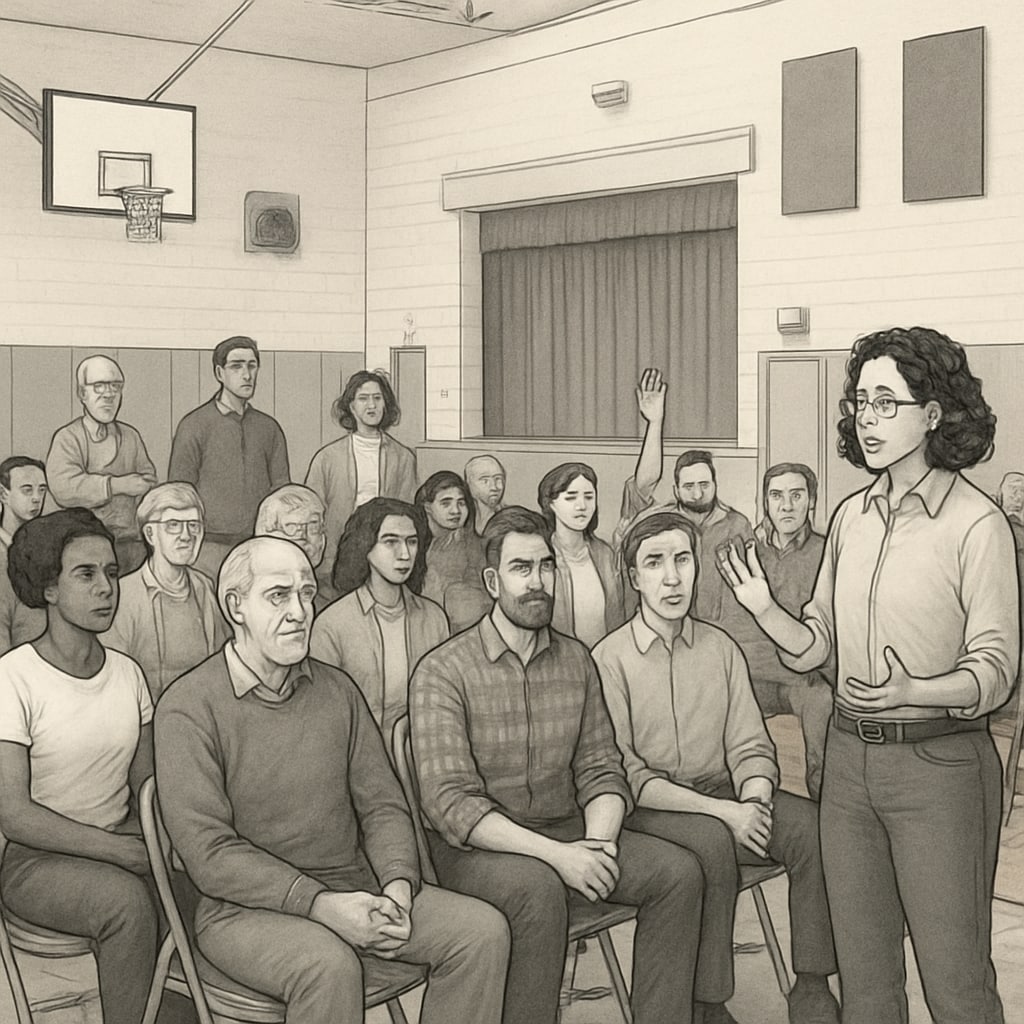When the integrity of a school board is called into question due to a member’s history of child abuse, it raises alarm bells throughout the community. Schools are meant to be safe havens for children, where they can learn and thrive without fear. However, the presence of individuals with such allegations or histories in leadership positions undermines this trust and poses serious risks to the educational environment. This article addresses the community’s concerns, the dangers of overlooking such histories, and the steps parents and community members can take to ensure the safety and well-being of all children.
Why Historical Abuse in Leadership Positions Is a Community Concern
School boards play a critical role in shaping educational policies, allocating resources, and ensuring the overall well-being of students. However, when a member of the board has a documented or alleged history of child abuse, it can create a climate of fear and mistrust. Such individuals not only compromise the morale of the school community but also potentially endanger the safety of children.
The presence of a school board member with a questionable past can have profound implications, including:
- Undermining trust between parents, educators, and administrators.
- Decreasing community confidence in the school’s ability to protect its students.
- Potential legal and reputational risks for the institution.

According to Britannica’s article on school boards, these entities are fundamental in establishing a district’s vision and goals. If their leadership is compromised, it can impact decision-making processes and the overall educational experience.
Steps for Parents and Communities to Take Action
When a community identifies a school board member with a history of child abuse, it is essential to act swiftly and decisively. Here are some actionable steps:
- Research and Verify: Ensure that the allegations or records are verified through reliable sources. Public records and local government transparency laws can often provide clarity.
- Organize Community Meetings: Engage with other parents, educators, and local organizations to discuss the matter and determine a unified approach.
- Raise Awareness: Utilize local media, social media platforms, and community forums to inform others about the issue.
- Petition for Change: Create petitions demanding the removal or resignation of the board member in question. Strong community backing can push authorities to act.
- Engage Legal Counsel: In cases where the history of abuse violates local laws or regulations, seek legal advice to explore possible actions.
Advocacy organizations, such as child protection groups, can also provide resources and support in addressing these concerns.

Building a Safer Educational Environment
Addressing the presence of a school board member with a history of abuse is not just about resolving a singular issue—it is about creating a culture of accountability and safety for the future. Schools, districts, and communities should implement proactive measures, including:
- Background Checks: Mandating thorough background checks for all candidates seeking election to school boards.
- Transparency Policies: Ensuring disclosure of any past allegations or convictions to the public.
- Community Representation: Encouraging diverse voices within school boards to better reflect community concerns and priorities.
- Education: Providing training for school board members on child safety, ethics, and community engagement.
By fostering transparency and accountability, communities can reduce the likelihood of such situations arising in the future. Parents and educators alike must remain vigilant to ensure that those in leadership positions prioritize the safety and well-being of children above all else.
In conclusion, addressing the issue of school board members with a history of abuse is a critical step toward safeguarding educational environments. Through collective action, awareness, and proactive measures, communities can ensure that schools remain a safe and nurturing space for every child.


